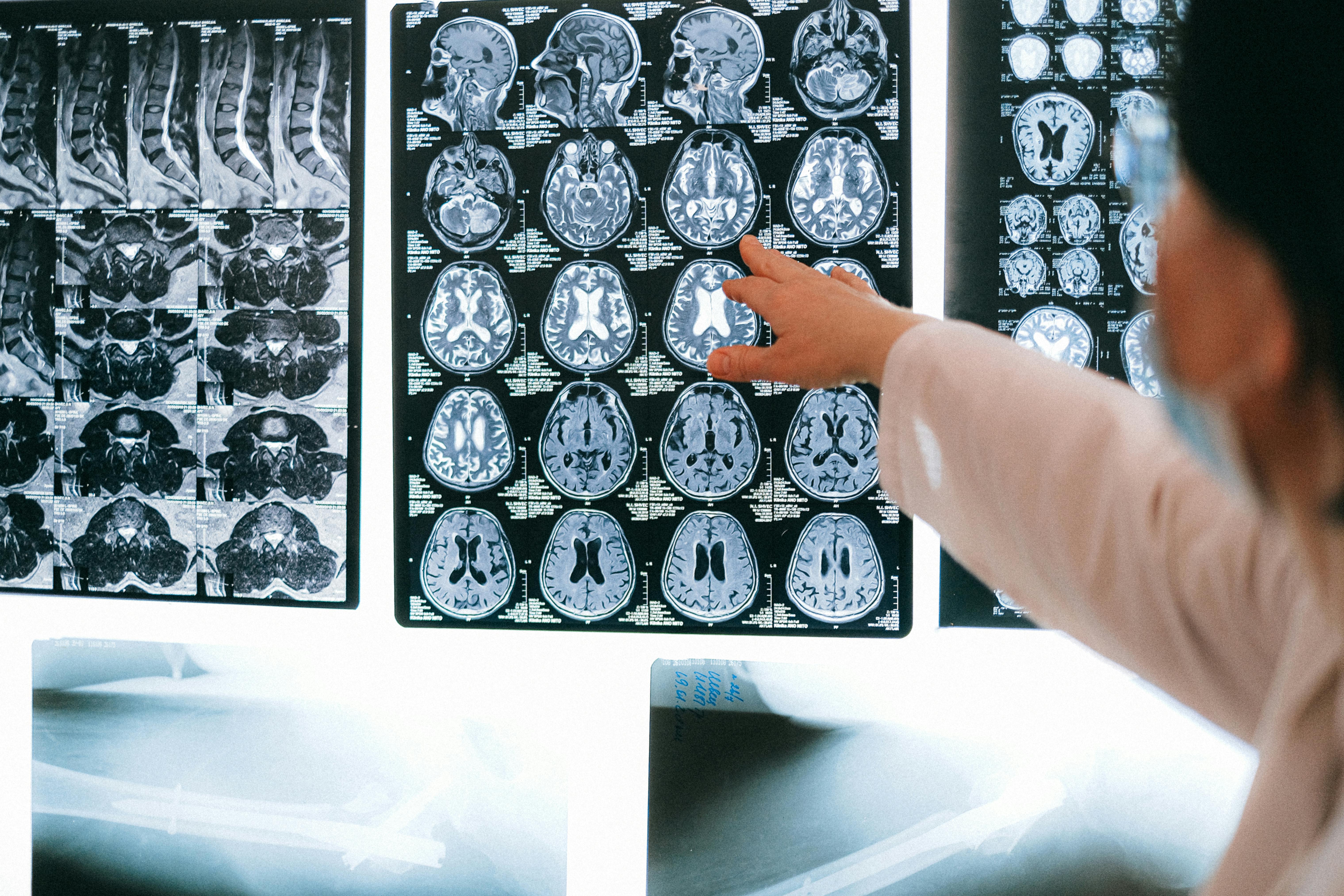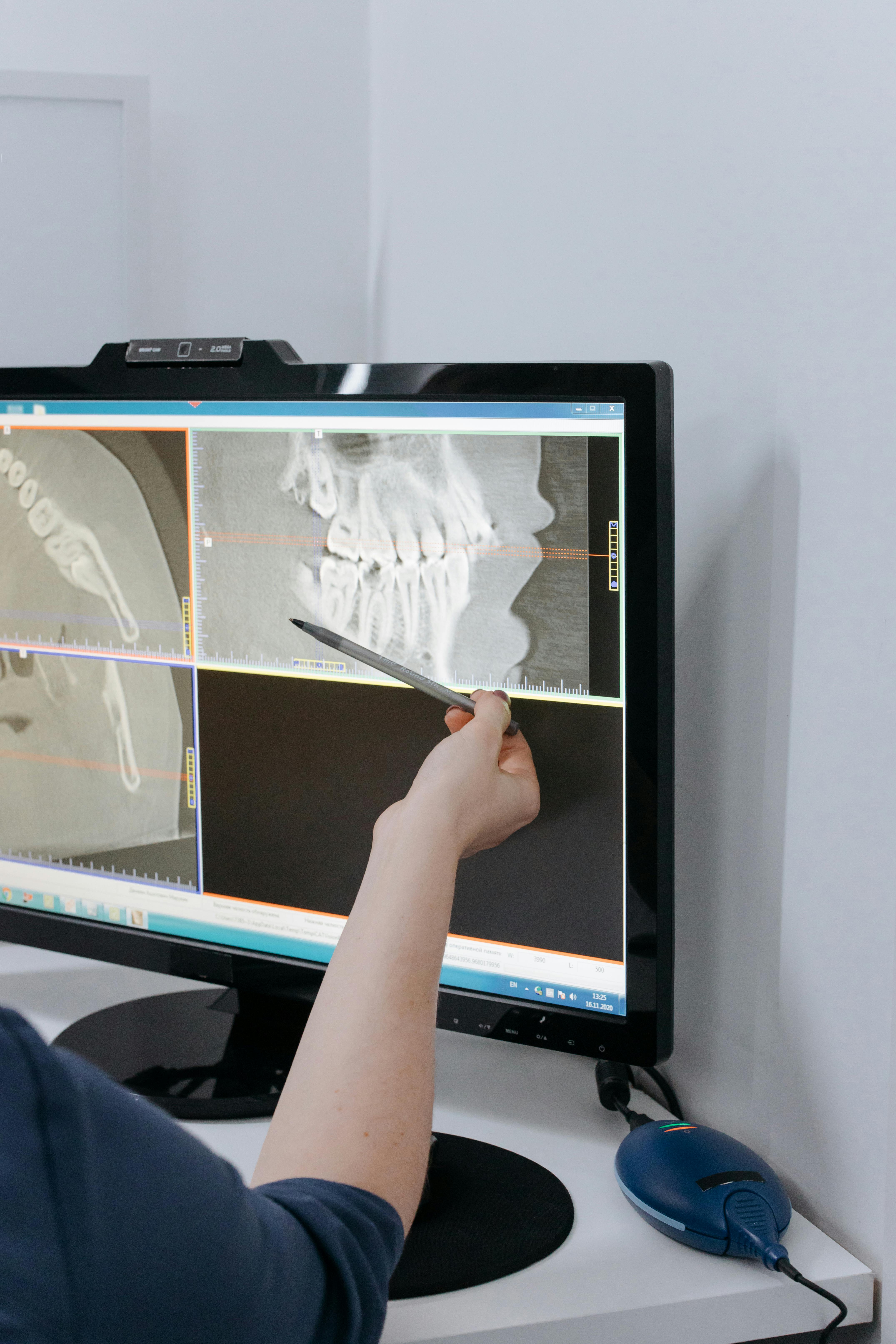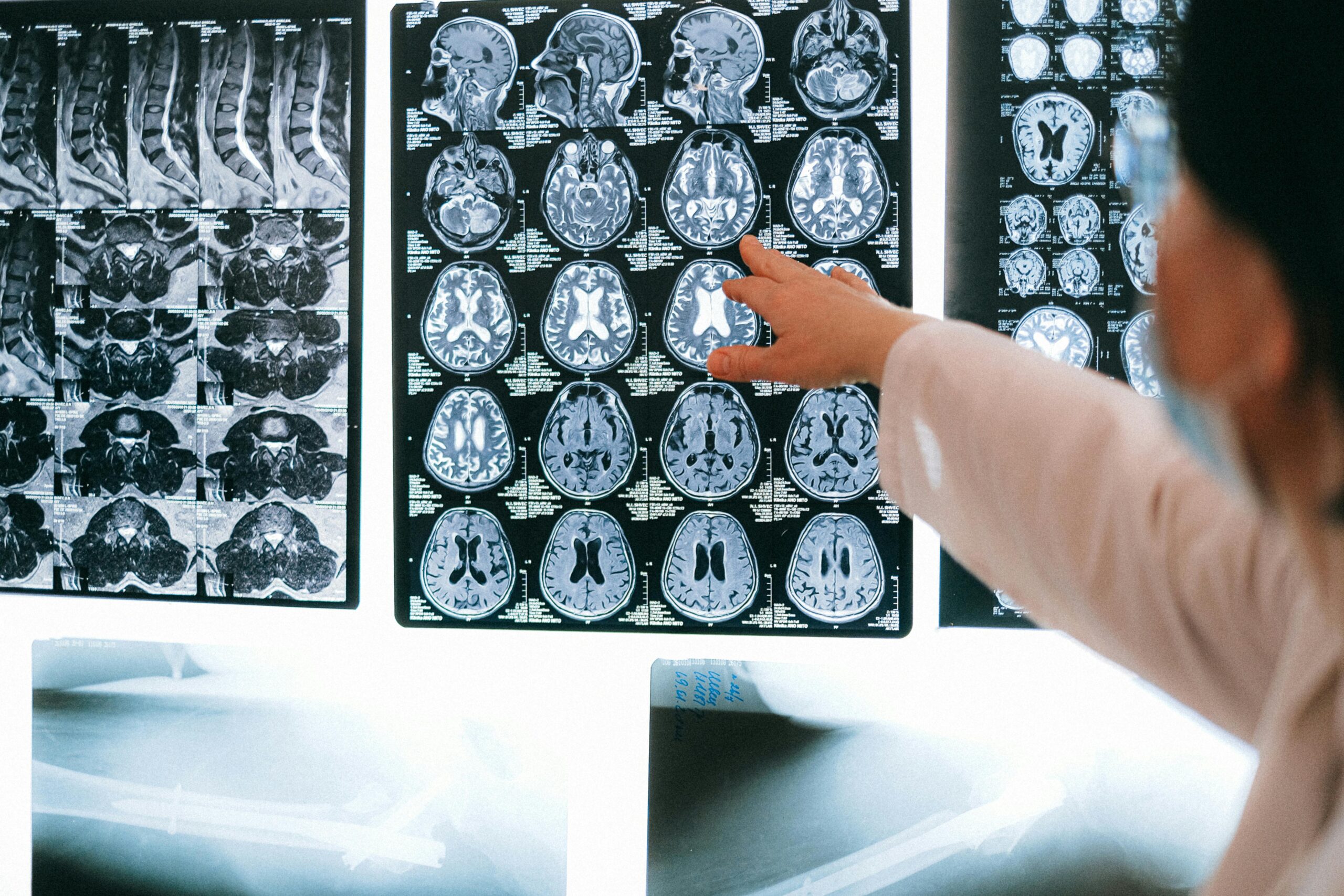How a Hand Scan for Health is Revolutionizing Wellness
The future of wellness may already be in the palm of your hand—literally. With the rise of biometric technology, a simple hand scan for health now provides deep insights into our body’s condition. This article explores how this innovative method is transforming personal health monitoring and guiding proactive care decisions.

Understanding the Fundamentals
At its core, a hand scan for health is a non-invasive diagnostic tool that analyzes physiological data through sensors placed on the palm. This technique utilizes bioelectrical signals and thermal imaging to evaluate wellness indicators in real time. First developed for elite athletes and later adapted for general use, the hand scan is now gaining popularity across wellness clinics and corporate health programs.
These scans help detect early imbalances before symptoms appear. Think of it like a wellness dashboard—offering a quick, personalized snapshot of what’s happening internally, much like how a car’s diagnostic tool reads its engine status.
1.1 Bioelectrical Impedance Analysis
One of the main technologies used is bioelectrical impedance analysis (BIA), which measures how electrical signals travel through tissues. Since healthy cells and tissues conduct electricity differently than inflamed or dehydrated ones, BIA can reveal hydration levels, cellular integrity, and even stress indicators. According to recent studies, BIA can be up to 95% accurate in determining cellular health markers.
This method is especially useful in tracking chronic inflammation, immune response, and recovery rates. A common misconception is that these scans only assess hand health, but in reality, they offer a systemic overview through hand-based data collection.
1.2 Thermal Mapping and Circulatory Insights
Unlike BIA, thermal mapping uses infrared technology to assess blood flow and temperature differences across the hand. While both methods are non-invasive, thermal imaging specifically highlights circulatory issues and inflammation hotspots. This is particularly valuable in detecting poor blood circulation or early-stage metabolic concerns.
Through this method, practitioners can determine whether a client is experiencing stress, fatigue, or even hormonal imbalances. These scans are especially effective in environments where fast, repeatable testing is needed, such as wellness spas or corporate wellness screenings.
Practical Implementation Guide
Now that the technology is understood, it’s time to explore how everyday individuals and professionals can incorporate a hand scan for health into their routines. Whether you’re a wellness coach, a healthcare provider, or just health-conscious, practical application is key to getting consistent results.

2.1 Actionable Steps
- Schedule a Baseline Scan: Begin with an initial reading to establish your unique health markers.
- Choose the Right Device: Use certified hand scan tools that feature both BIA and thermal mapping technologies.
- Track and Adjust: Run biweekly or monthly scans to detect patterns and adapt your wellness plan accordingly.
2.2 Overcoming Challenges
Despite the benefits, users may face challenges such as:
- False readings due to sweaty or cold hands
- Device calibration issues
- Lack of professional interpretation
Address these by ensuring clean, dry hands before scanning, regularly updating device firmware, and consulting a trained practitioner.
Experts recommend combining data from hand scans with nutritional logs and wearable fitness data for optimal accuracy. Always read your scan results within context and avoid self-diagnosis.
Advanced Applications
Beyond basic wellness tracking, a hand scan for health is evolving into a clinical-grade tool capable of supporting preventive care and complex diagnostics. With AI-powered analysis and cloud data comparison, its potential applications are multiplying rapidly.

3.1 Personalized Health Optimization
Hand scans can now generate customized wellness protocols, including dietary plans, exercise routines, and stress management strategies. Clinics are using real-time scan data to adjust IV therapies and supplement plans on the spot. In one case study, a wellness retreat reported a 40% increase in client satisfaction by tailoring services based on scan results.
3.2 Integrative Health Systems
Newer hand scan systems are being integrated into electronic health records (EHRs), fitness platforms, and mental health monitoring tools. Compatibility with apps and wearables like smartwatches enhances the data feedback loop, allowing practitioners to monitor trends over time.
This holistic approach is particularly valuable for managing chronic conditions like hypertension, diabetes, and hormonal disorders, where continuous monitoring can lead to earlier interventions.
Future Outlook
The global market for biometric health scanning is expected to reach $5.4 billion by 2028. Innovations such as 3D thermal imaging and AI-driven symptom correlation are currently in development. These will make hand scans faster, smarter, and more intuitive.
As adoption grows, expect insurance providers to begin recognizing hand scans as preventive diagnostics. Individuals and wellness professionals should prepare by becoming familiar with emerging devices and certifications in biometric analysis.
Conclusion
To summarize:
- Hand scans provide immediate, non-invasive insights into overall health
- They are grounded in scientific principles like BIA and thermal mapping
- They empower users to take control of their wellness with data-driven strategies
By embracing this technology, you’re not only optimizing current health—you’re also building a foundation for long-term wellness.
Ready to take the next step? Book a scan with a certified provider, or invest in a home-based unit to monitor your own wellness journey. The sooner you start, the sooner you can live better, longer.
Frequently Asked Questions
- Q: What is a hand scan for health? A hand scan for health uses sensors to analyze data like hydration, stress levels, and cellular health through bioelectrical and thermal readings.
- Q: How do I get started with hand scans? Begin with a baseline scan from a licensed practitioner or certified self-scan device, then follow up with regular readings to monitor progress.
- Q: How long does a typical scan take? Most scans are completed in under five minutes, with results available instantly depending on the device used.
- Q: How much does it cost? Prices vary from $30 per scan in clinics to $300–$1,200 for home-use devices, depending on features and certifications.
- Q: How does this compare to traditional diagnostics? Hand scans are non-invasive and fast but should be used as complementary tools—not replacements for clinical diagnostics.
- Q: Is it hard to learn how to use? Most devices come with intuitive apps or built-in tutorials. Basic use requires no technical skills, though interpretation may need expert help.
- Q: Can it help in specific industries? Yes—wellness centers, fitness studios, corporate wellness programs, and even spas are using these tools to enhance service personalization and outcomes.
